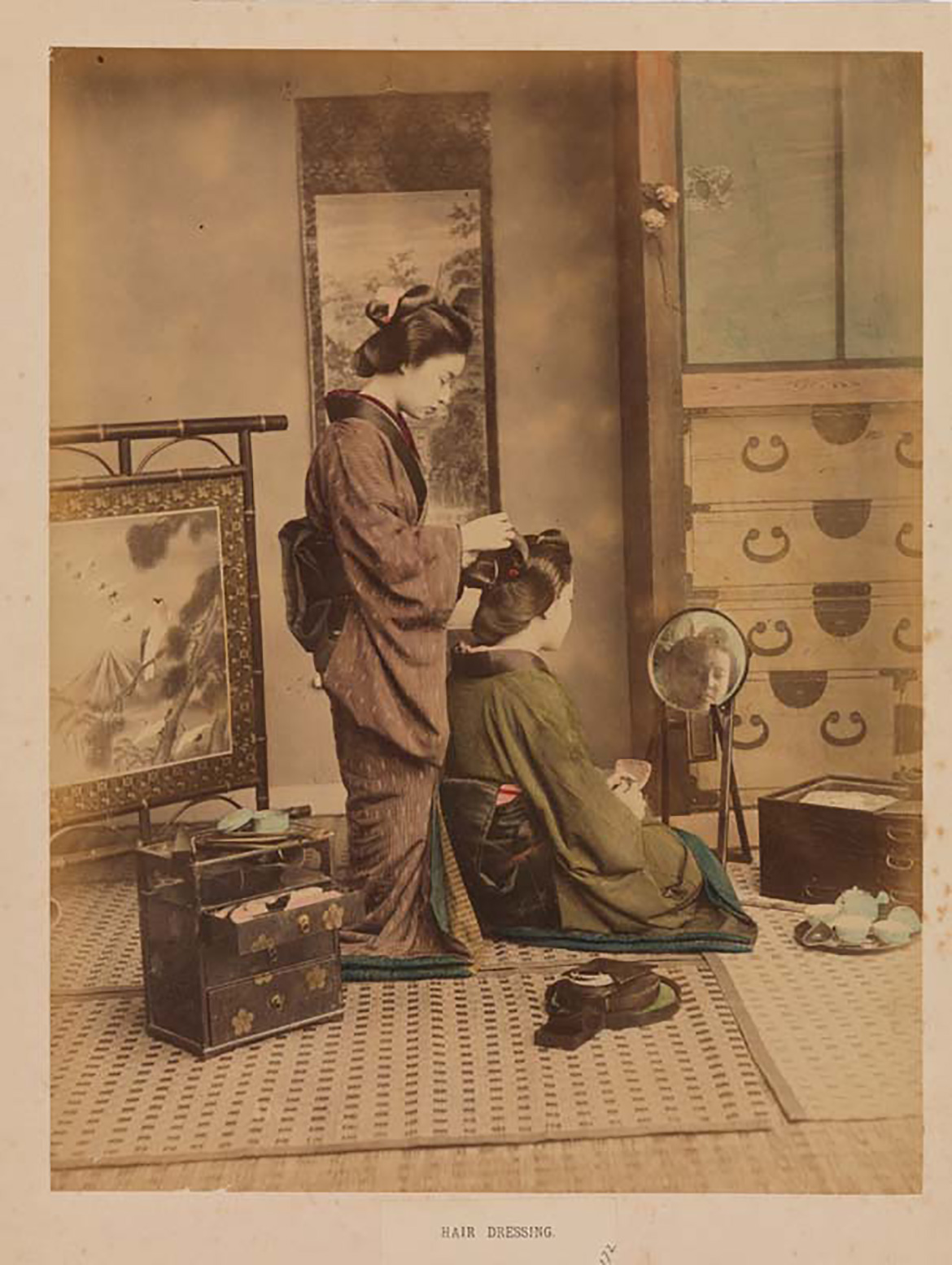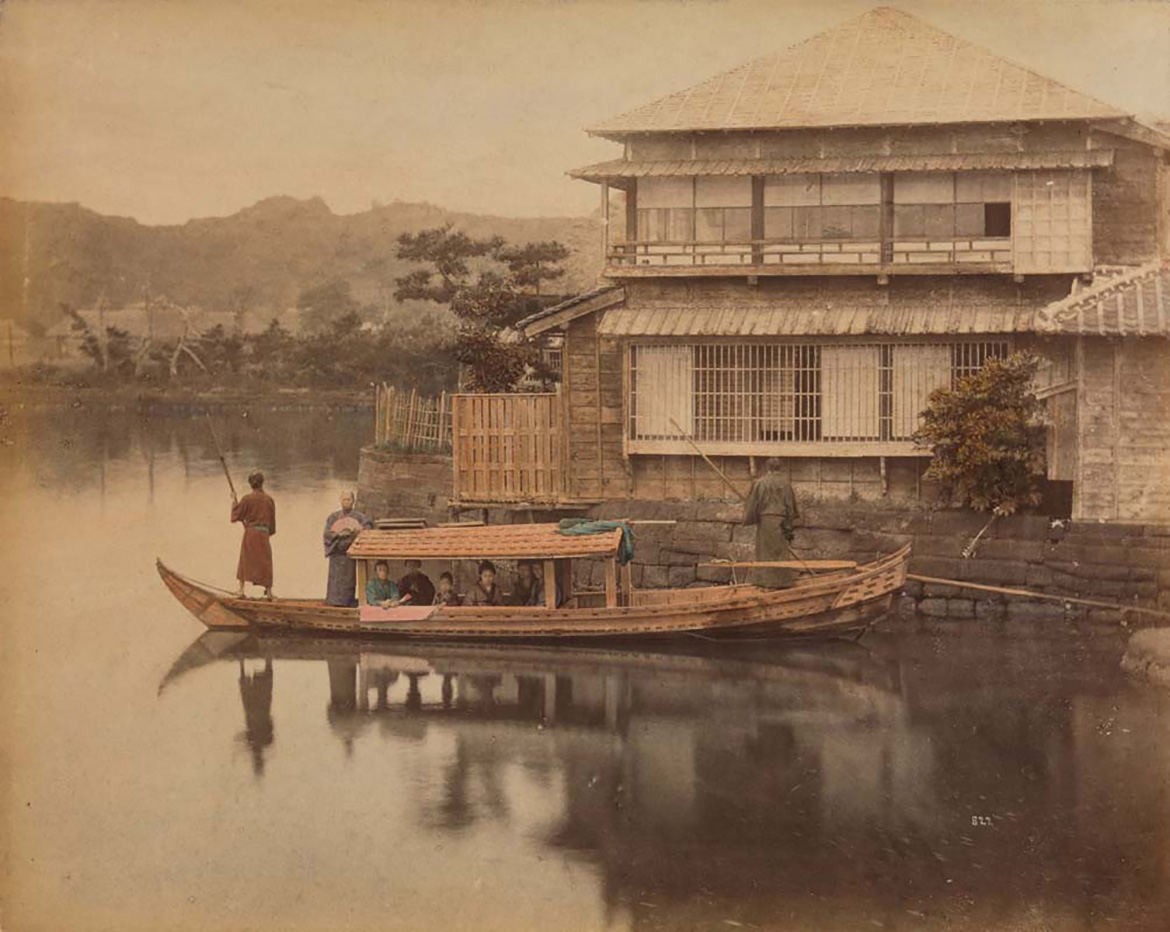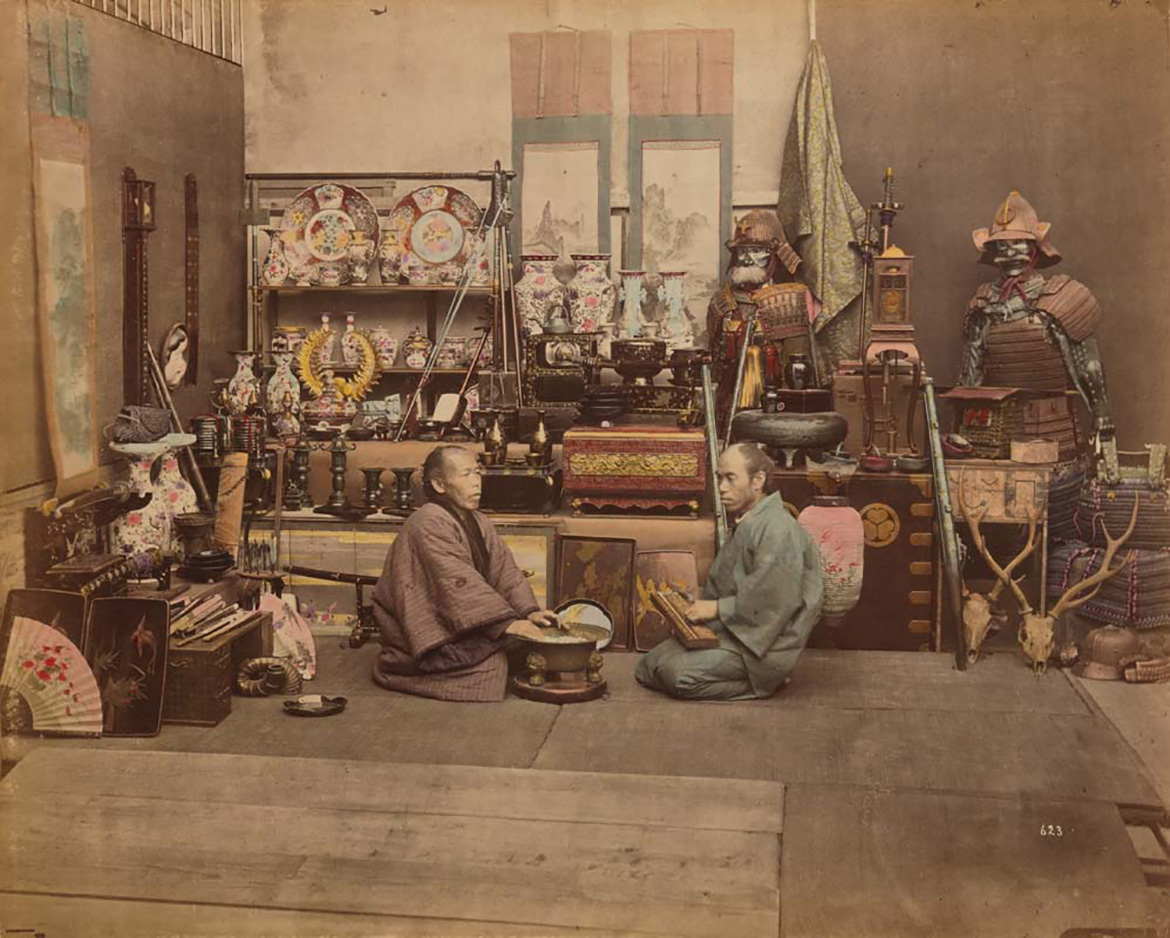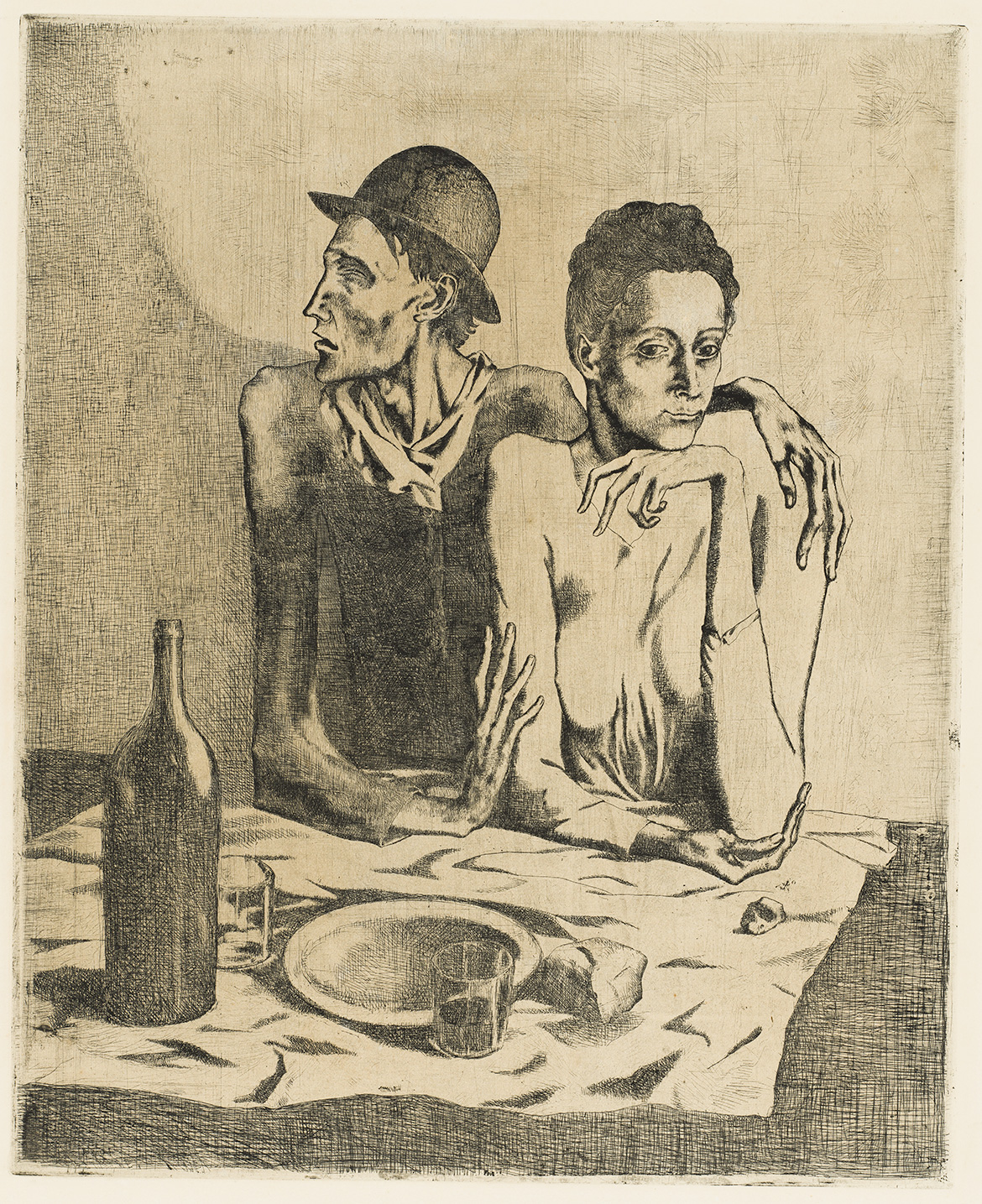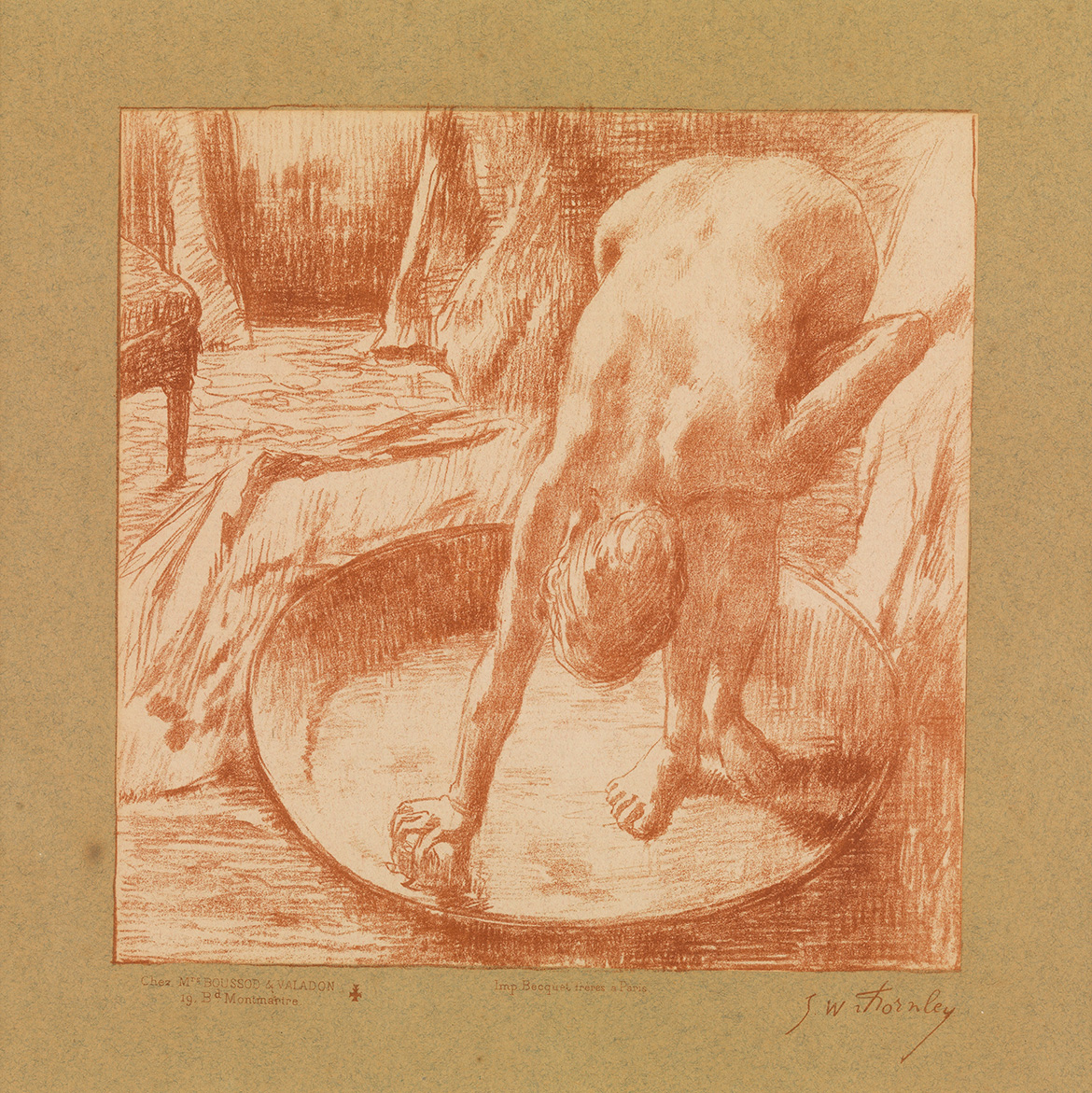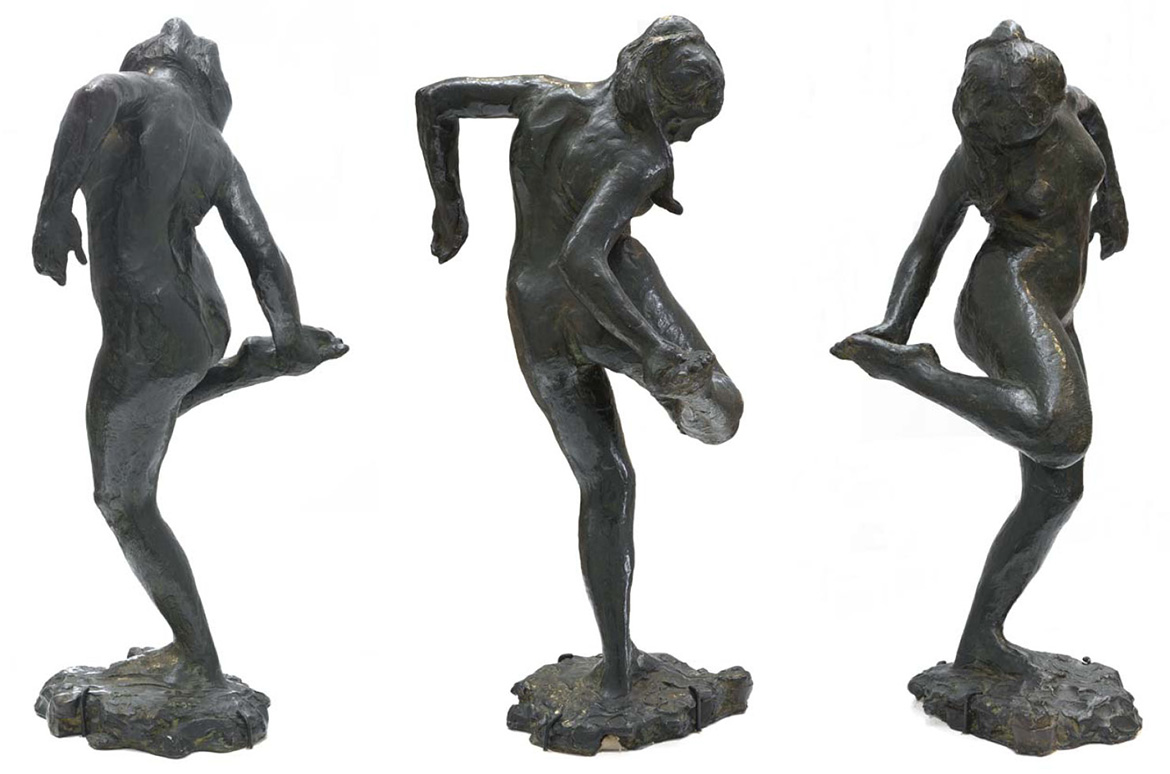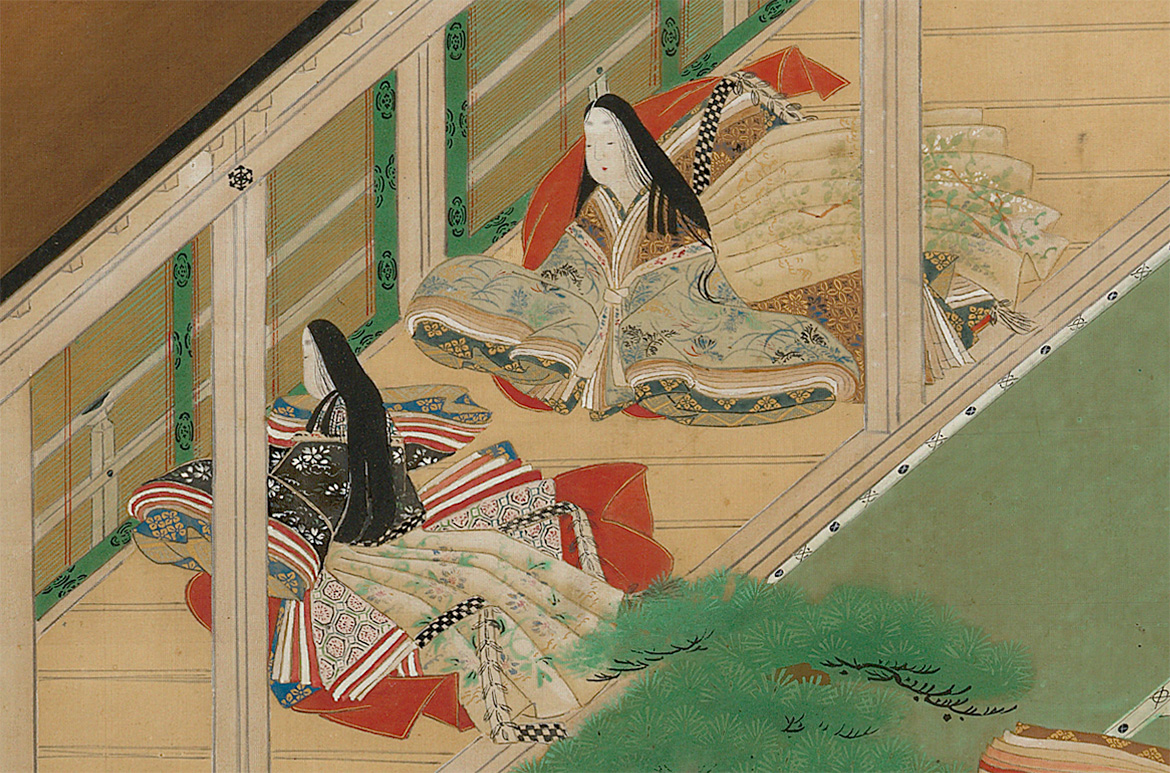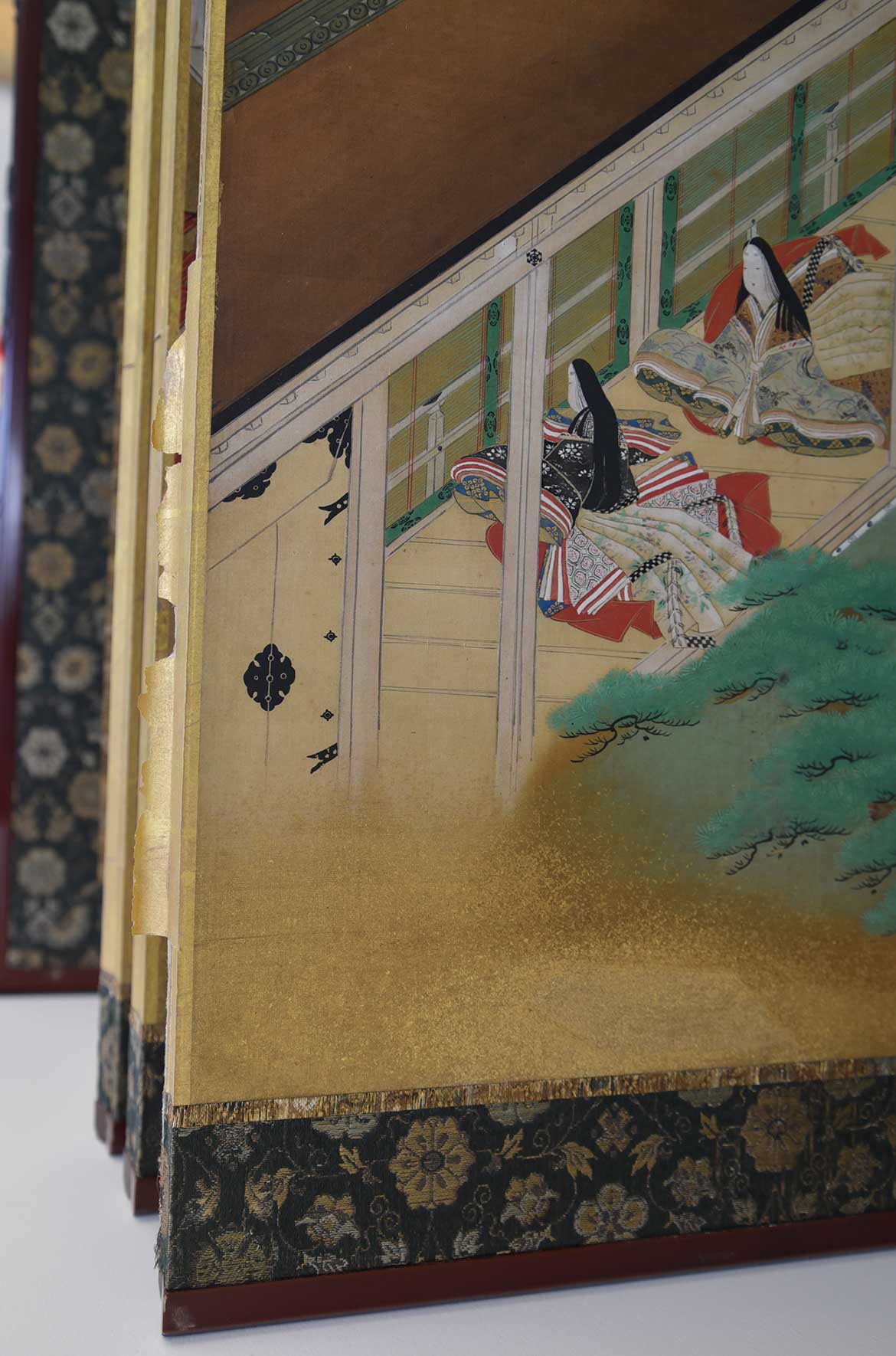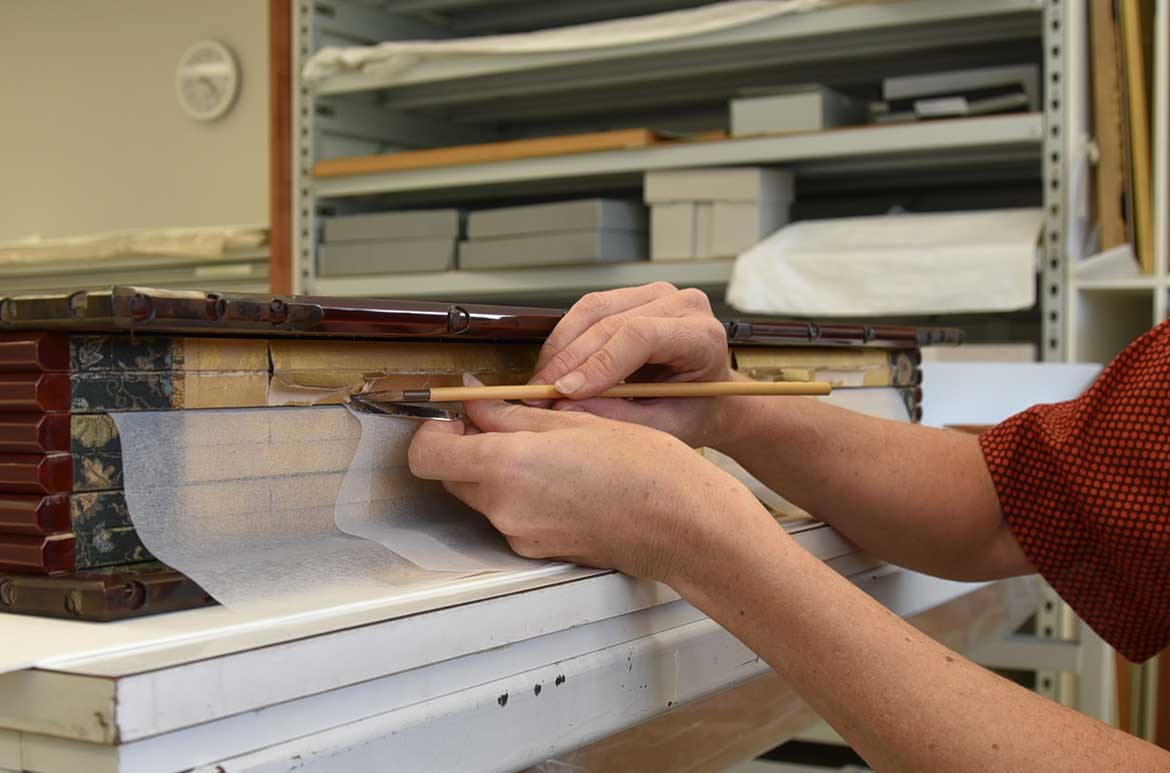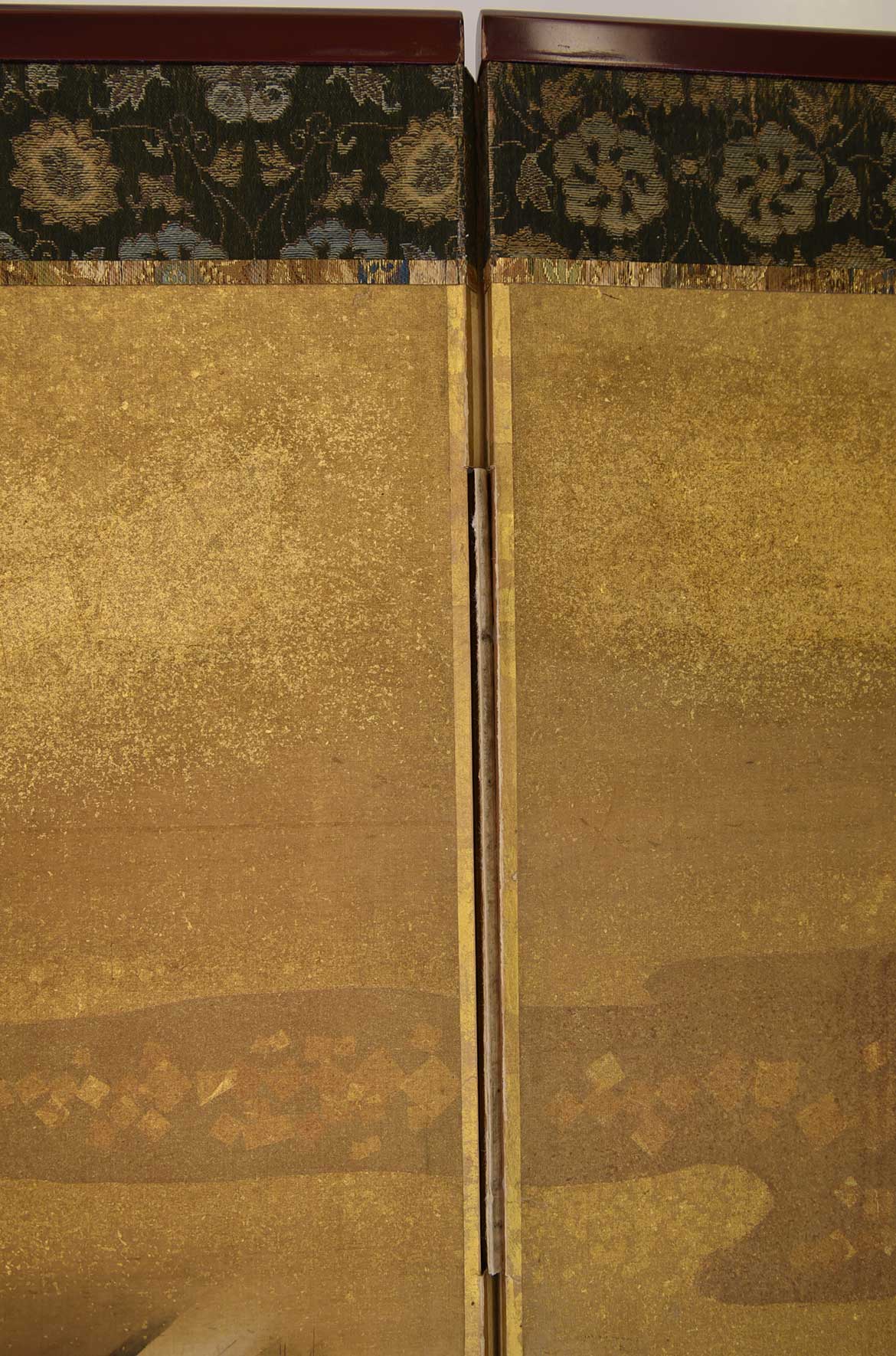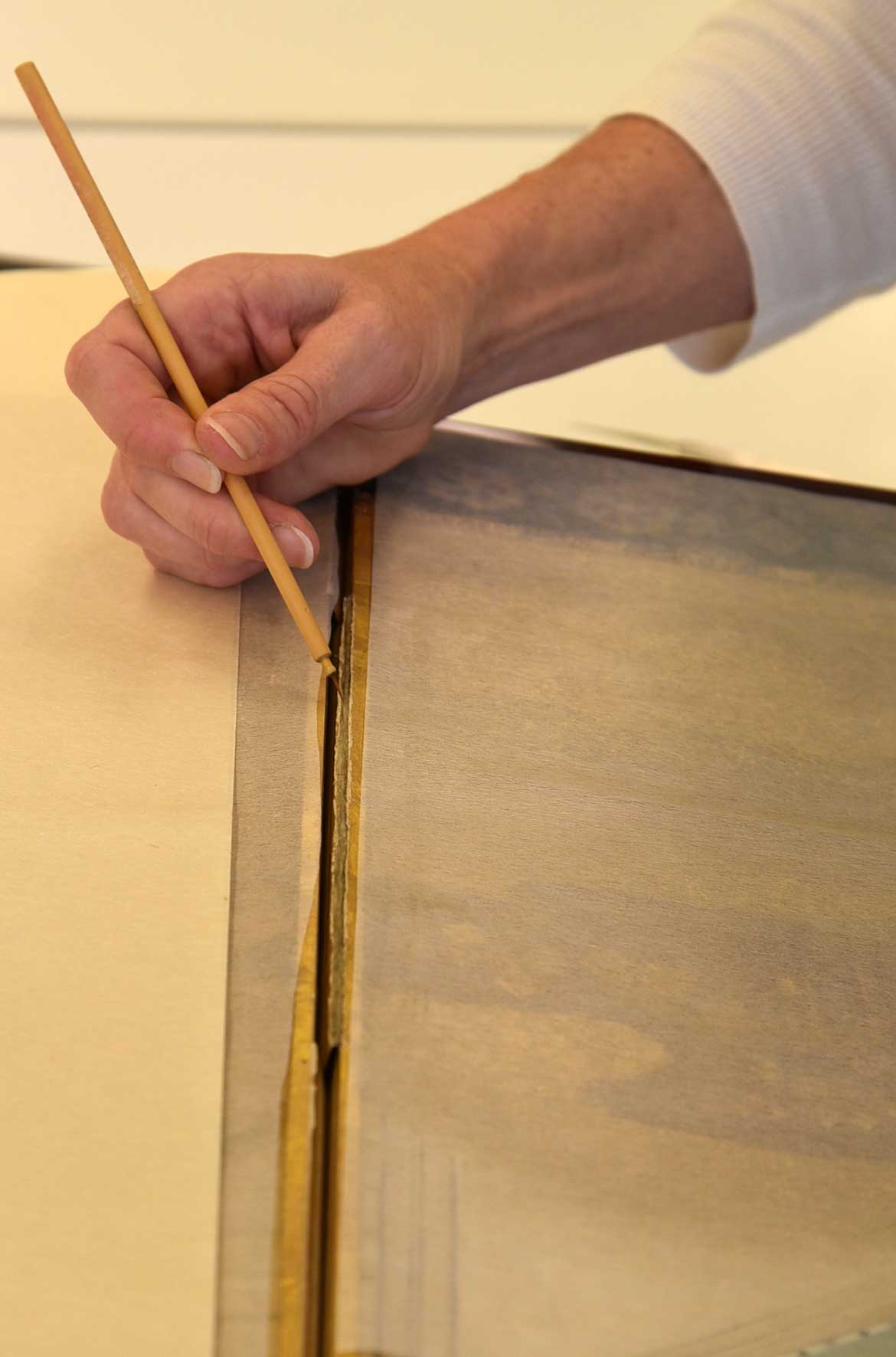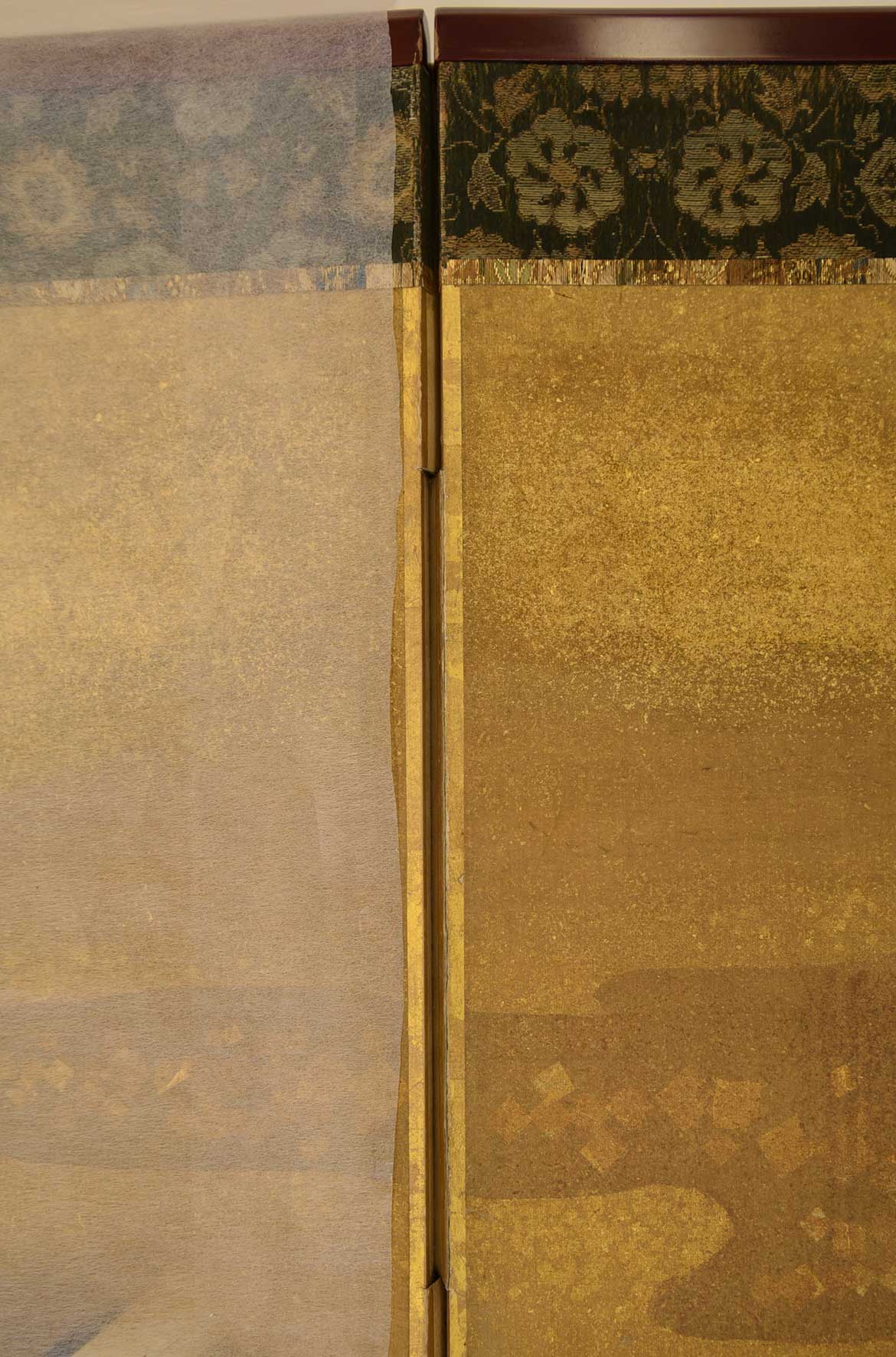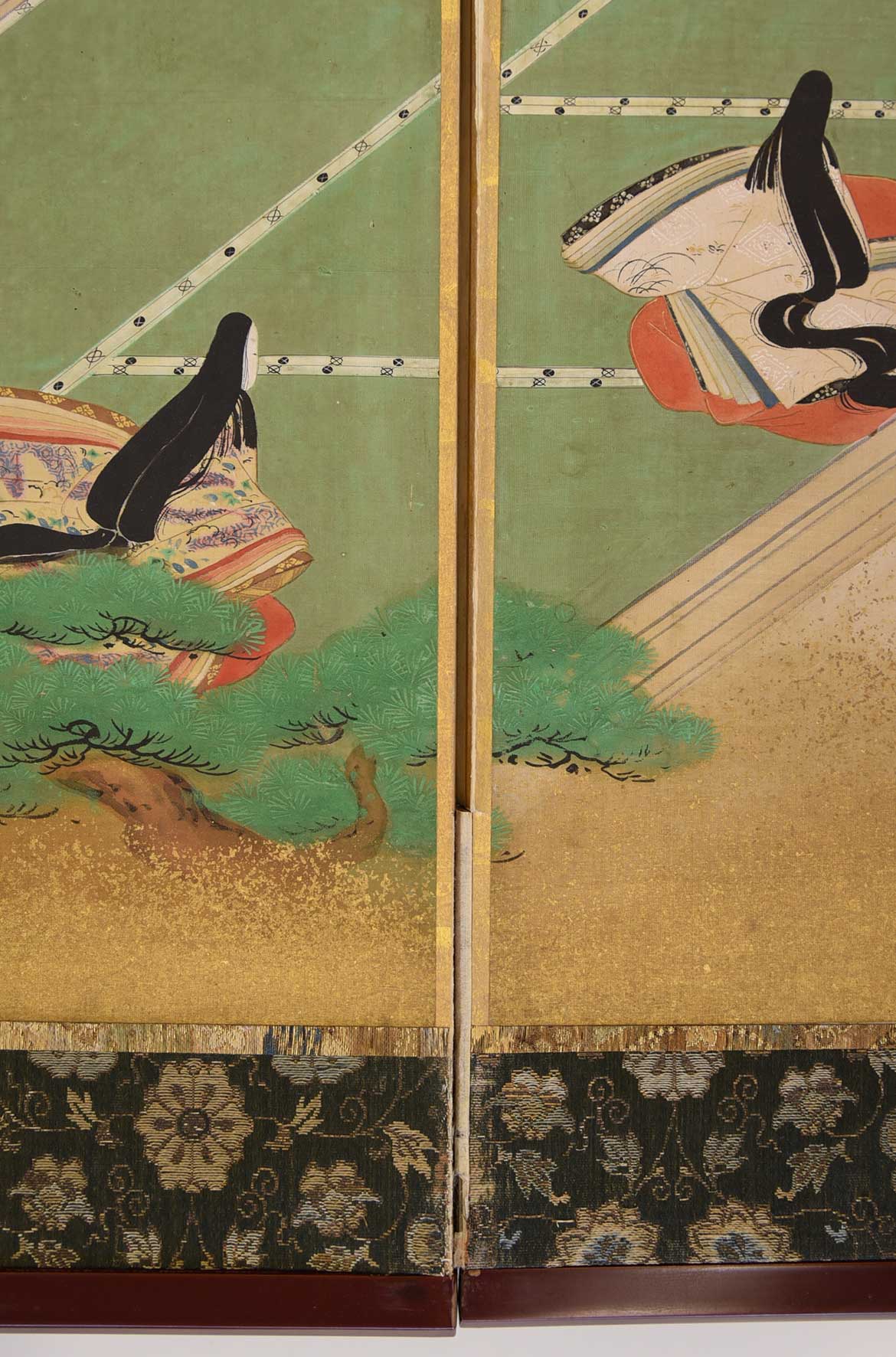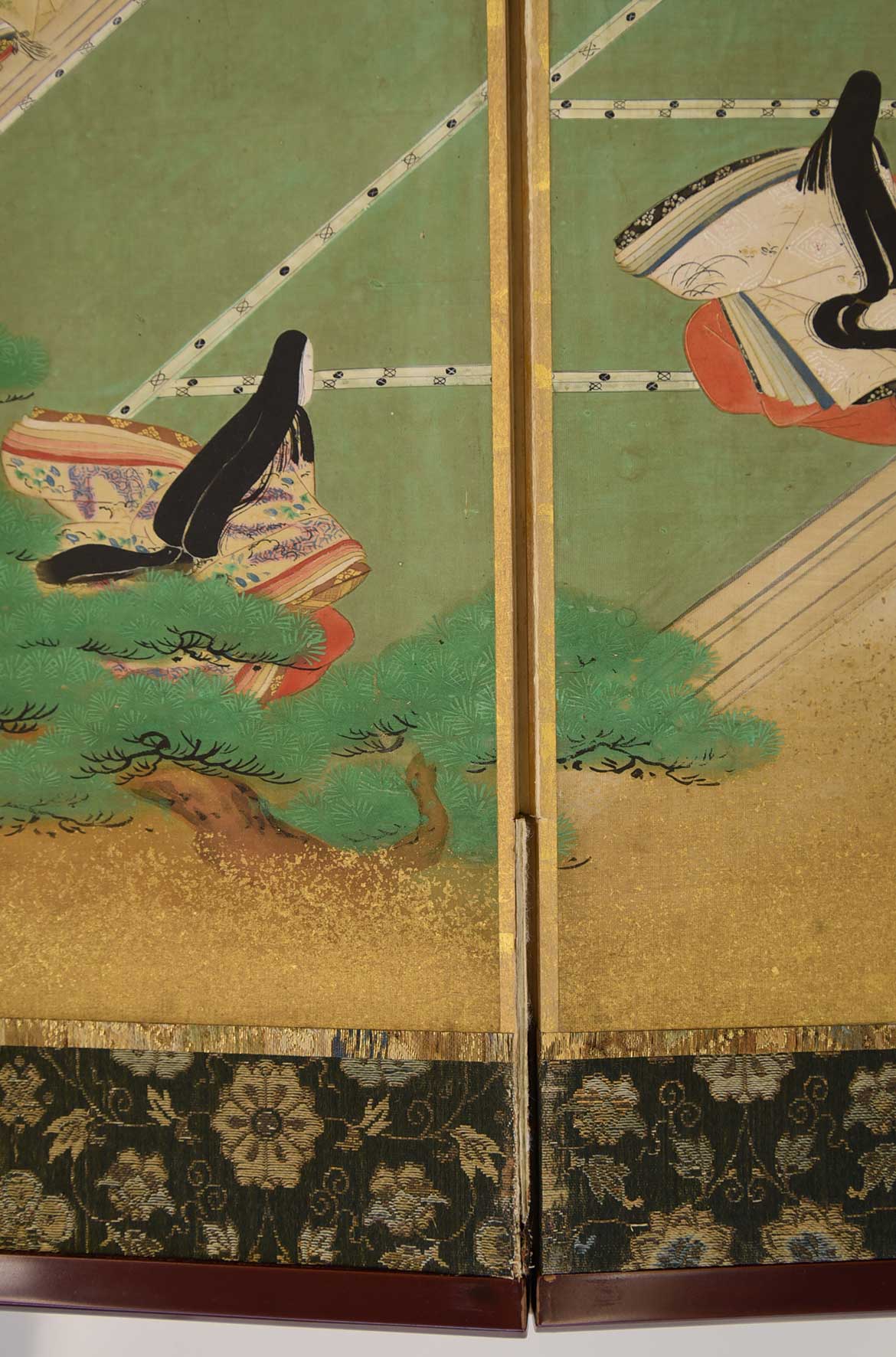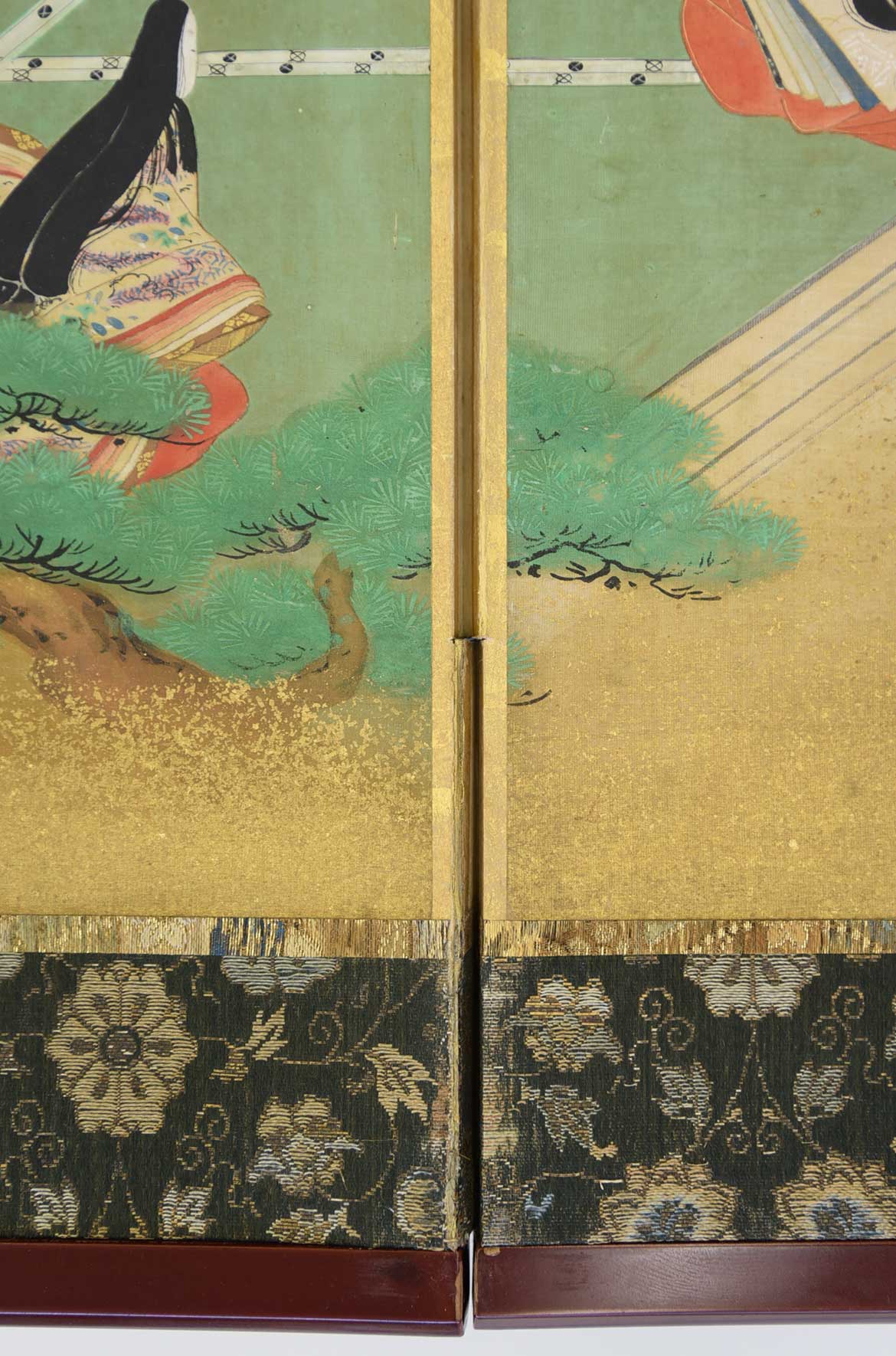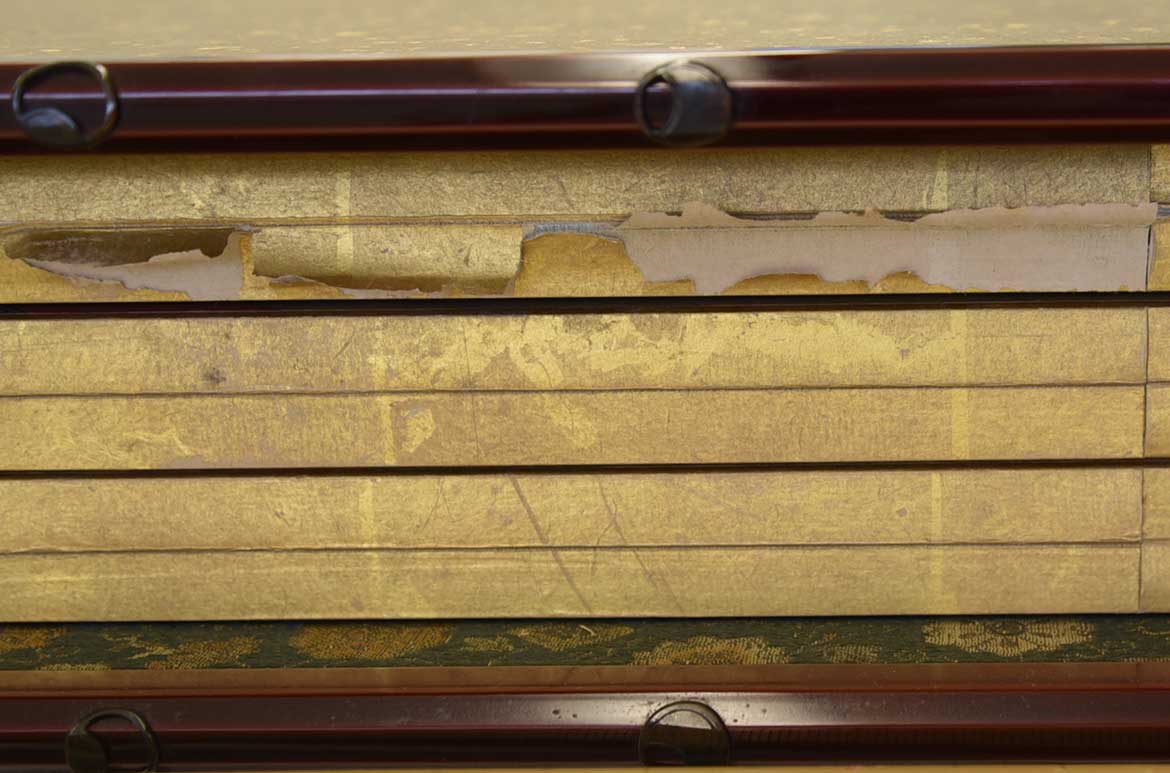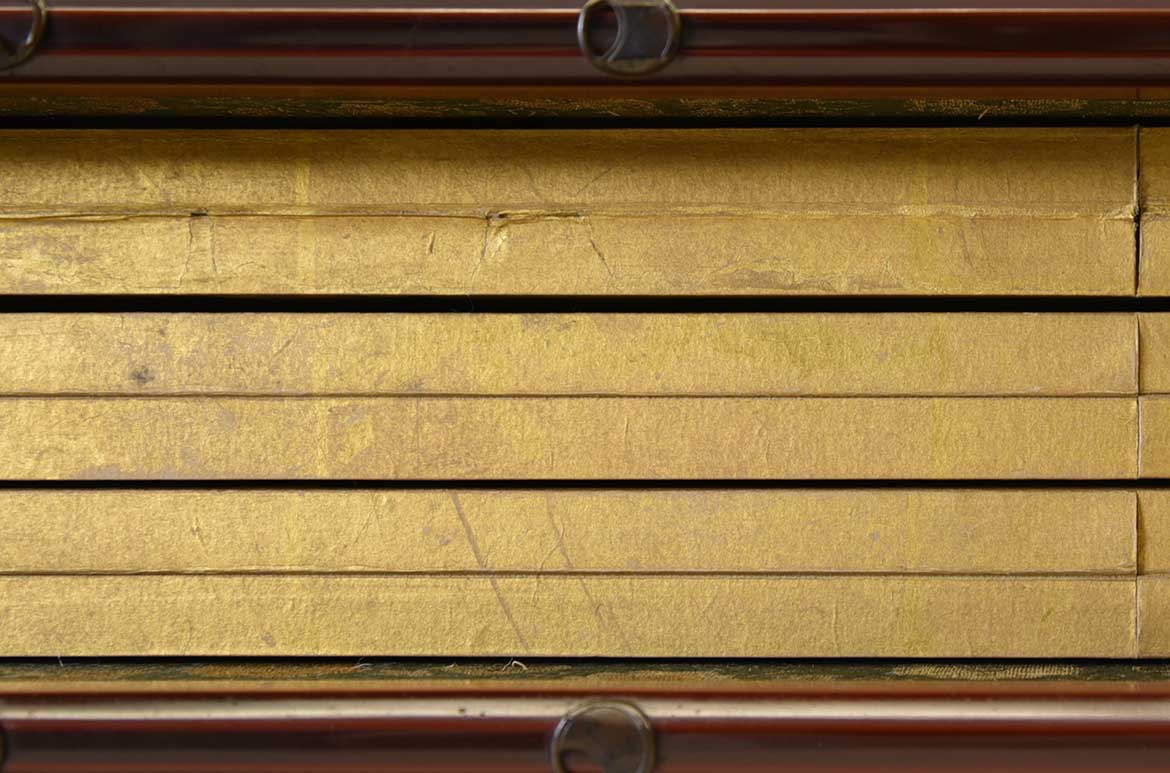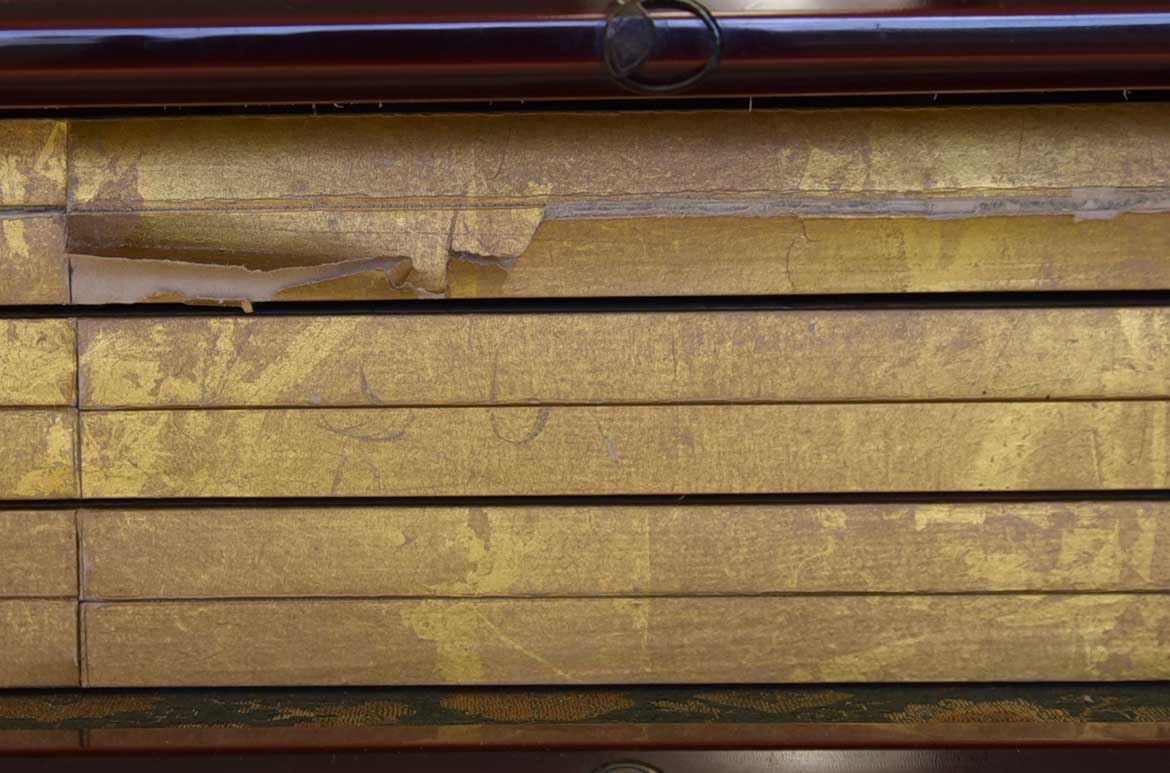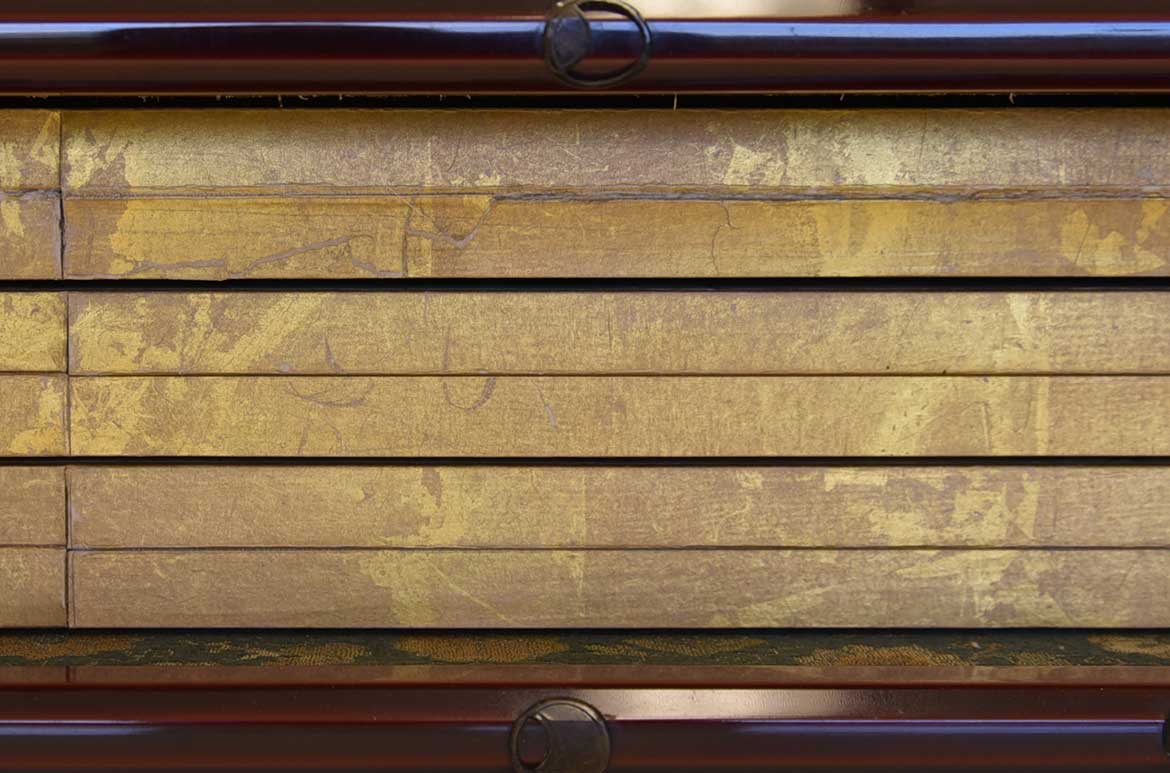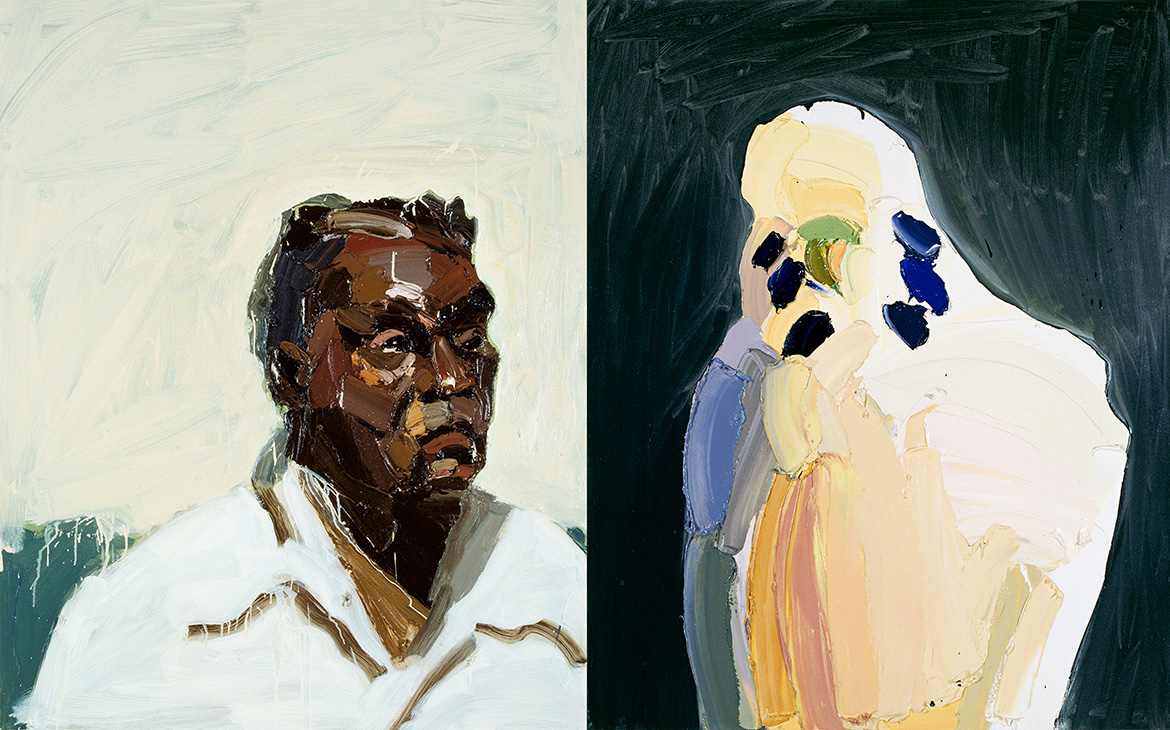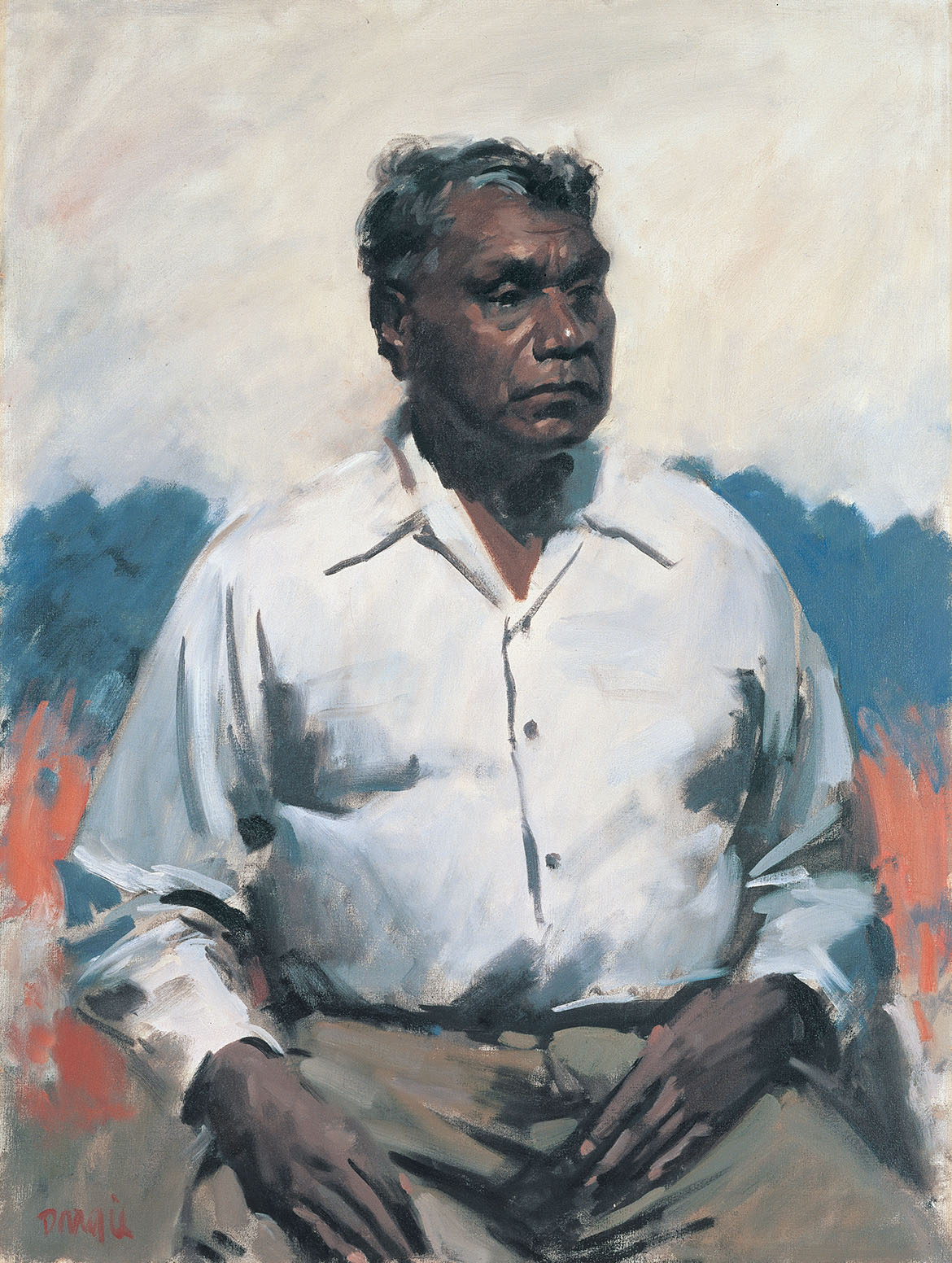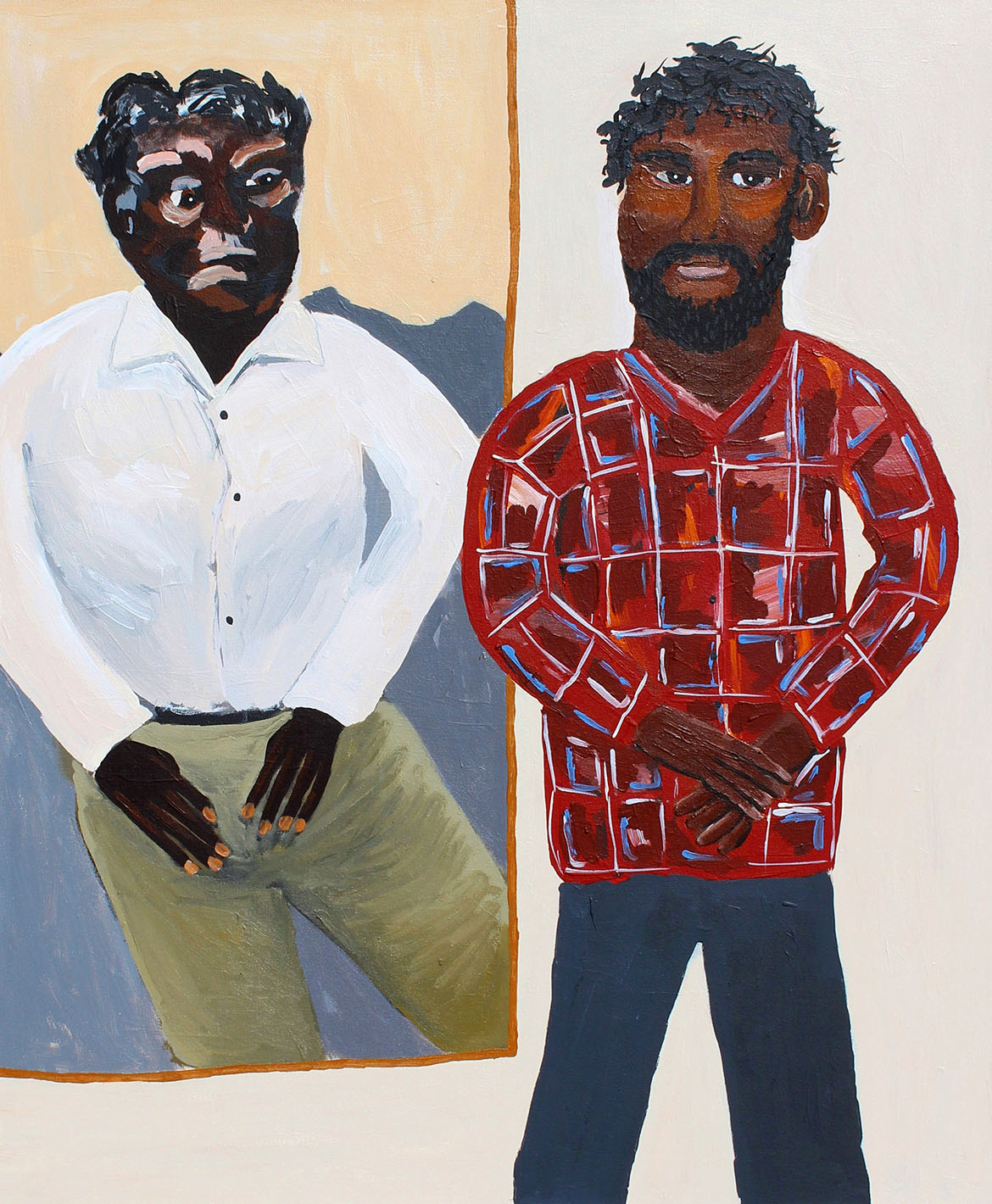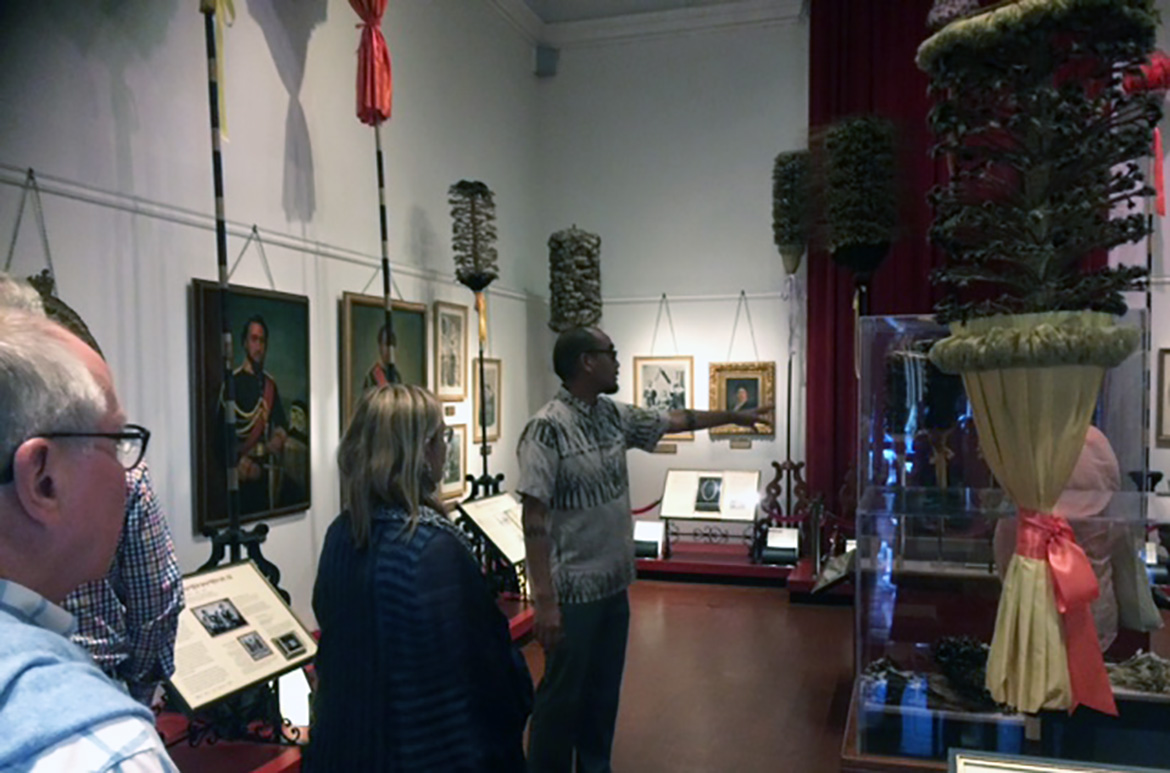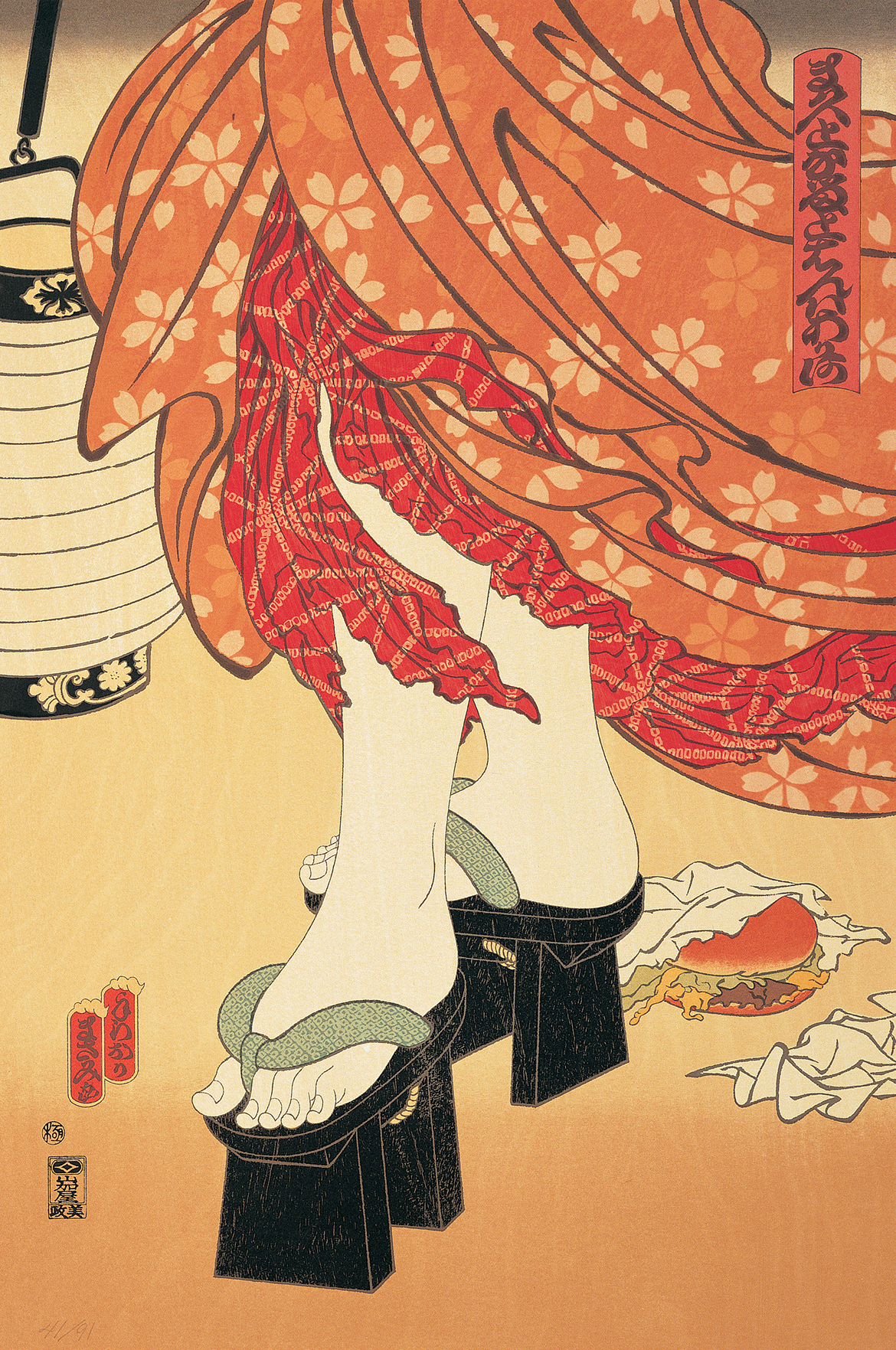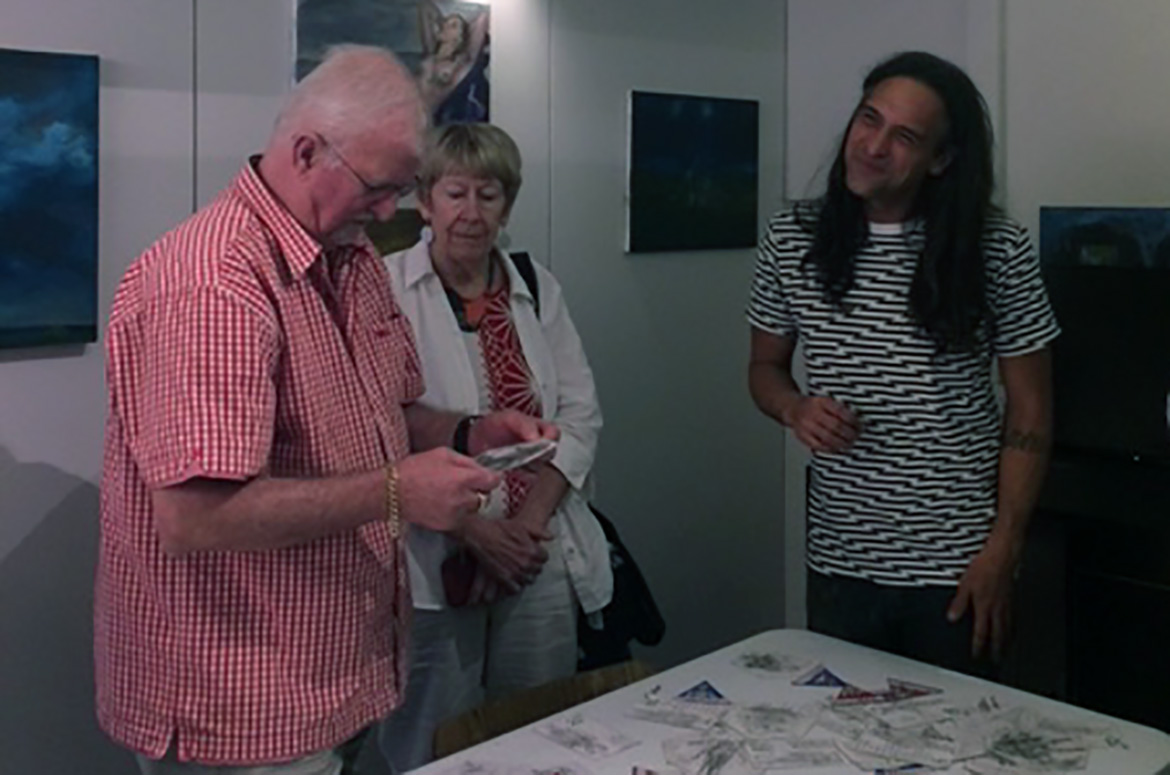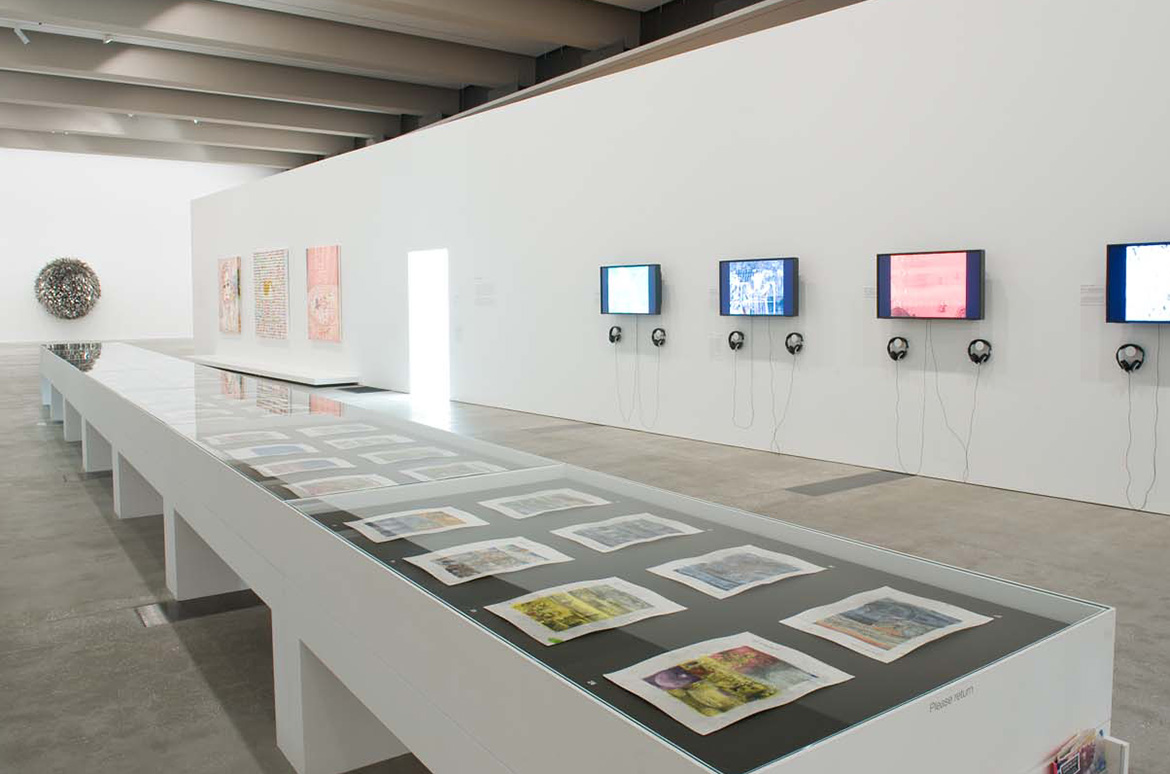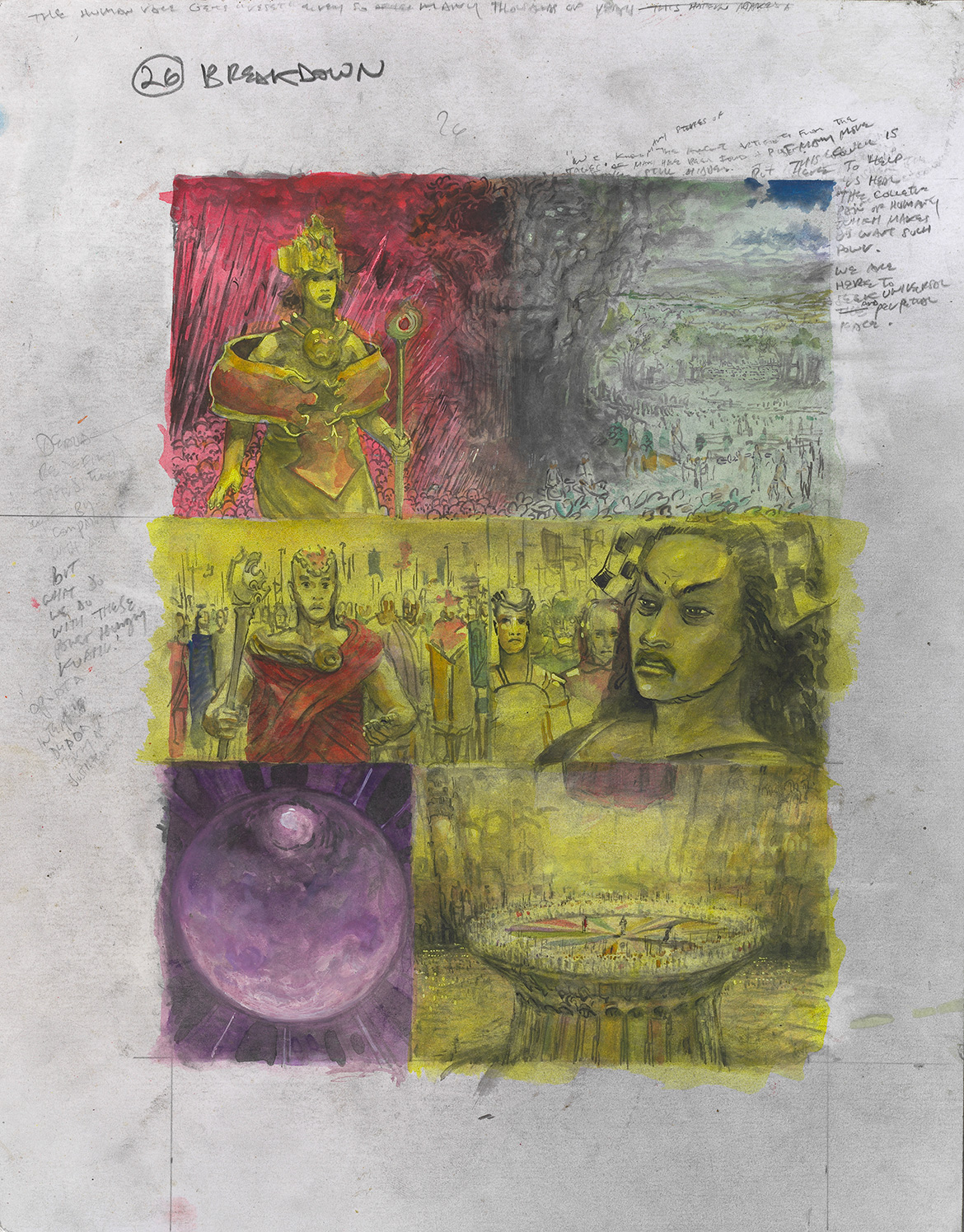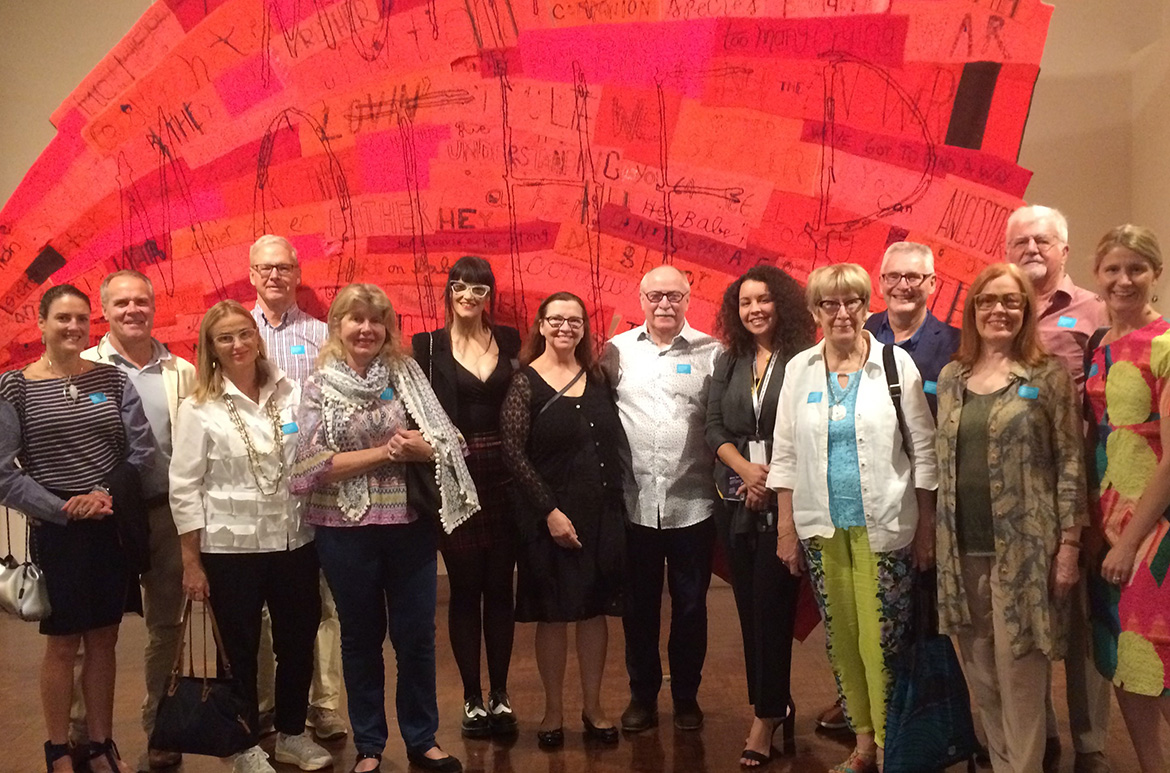QAGOMA’s Australian Cinémathèque is excited to present its second year of the long-running and much-loved Brisbane International Film Festival. Across 11 days from 3 October, BIFF 2019 celebrates contemporary international and Australian screen culture with more than 170 world-class new-release features, documentaries, short films and curated strands, alongside screenings with live music, conversations, panel discussions, cultural events and industry engagement opportunities, presented city-wide.
Visit BIFF.com.au Tickets now on sale
The Festival celebrates creativity in all its forms, delving in to how filmmakers, screen creatives and musicians strive to connect with the audience. Sparked by pivotal films and documentaries in our curated strands — and the accompanying GOMA exhibition ‘Setting the Stage’ — we unpack the creative process, trace new directions in filmmaking, amplify the importance of sound in film and celebrate screen culture in its growing multitude of forms, from silent cinema to artificial intelligence.
Related: Watch BIFF Trailers
Related: Watch panel discussions from BIFF 2018
Stay Connected: Subscribe to QAGOMA Blog for the latest exhibition announcements, to be the first to go behind-the-scenes, and to hear stories from artists and more.
BIFF opening night
The Queensland premiere of the darkly funny Judy & Punch 2019, by Australian actor and first-time director Mirrah Foulkes, will set the mood for a classy red-carpet opening night event at the Australian Cinémathèque, GOMA on Thursday 3 October.

BIFF highlights
Highlights include the Queensland premieres of Céline Sciamma’s sizzling Portrait of a Lady on Fire 2019 and Pedro Almodóvar’s deeply personal Pain and Glory, for which Antonio Banderas was awarded Best Actor at this year’s Cannes Film Festival.
Two new Australian films starring Hugo Weaving will screen — Ben Lawrence’s Hearts and Bones 2019, and Paul Ireland’s Measure for Measure 2019.
BIFF 2019 also features the captivating new documentaries Memory: The Origins of Alien 2019, an investigative ode to Ridley Scott’s sci-fi classic; Nanfu Wang and Jialing Zhang’s fearless One Child Nation 2019, winner of the Grand Jury Prize at the 2019 Sundance Film Festival; and the world premiere of Quilty: Painting the Shadows 2019, Catherine Hunter’s look at the work and life of Australian artist Ben Quilty. ‘Quilty‘ the exhibition is currently showing alongside ‘Margaret Olley: A Generous Life’ at GOMA until Sunday 13 October.
BIFF’s thrilling world premiere film and live music events include champion Brisbane beatboxer Tom Thum and special guests performing a new score to early Russian science-fiction classic Aelita: Queen of Mars 1924, and Australian band HTRK playing their highly layered guitar and electronic soundtrack to Jeffrey Peixoto’s documentary Over the Rainbow 2019.
Biff Food and Film
In a sublime combination of food and film, the stunning eco-documentary Honeyland will be followed by a sumptuous, one-time-only honey-themed degustation at the GOMA Restaurant from QAGOMA Executive Chef Doug Innes-Will. Tickets to this special event on Thursday 10 October are limited.
Biff Festival Patrons

We’re delighted to welcome this year’s Festival Patrons — two iconic luminaries of Australian film — Academy Award-nominated writer, director, and producer Baz Luhrmann and his collaborator of over 30 years, Academy Award-winning costume and production designer Catherine Martin. The powerhouse duo have fused a pioneering bond which brought to the world stage a spectacle of opulence and lavish melodrama seldom seen in Australian cinema.
Celebrating five exciting films that spring from the rich and unique creative relationship between director Baz Luhrmann and designer Catherine Martin, from the stylish, breakout comedy Strictly Ballroom 1992 through to the opulent adaptation of F Scott Fitzgerald’s The Great Gatsby 2013, relive the excitement through this selection of career highlights. The BAFTA-winning Romeo + Juliet 1996 is a vivid and turbulent take on the Shakespearean tragedy, Australia 2008 is a romance writ large and the musical spectacular Moulin Rouge! 2001, nominated for Best Picture, won Academy Awards for Best Costume Design and Best Production Design.
Baz Luhrmann has also handpicked some of his favourite films to share with audiences at BIFF 2019. A collection of incredible cinematic spectacles, these films speak to the visual wit and inventiveness for which Luhrmann is known. Journey into the heart of darkness with Francis Ford Coppola’s extraordinary depiction of war in Apocalypse Now: Final Cut 1979/2019 before taking a trip into the imagination of one of cinema’s greatest filmmakers with Federico Fellini’s 8½ 1963. Soak in the grandeur of Sergei Bondarchuk’s epic adaptation of War and Peace 1966 — the most expensive film ever made in the Soviet Union — and indulge in the ravishing musical numbers of Bob Fosse’s Palme d’Or-winning All that Jazz 1979.
Biff Festival Ambassador
We’re also thrilled to announce Damien Anthony Rossi, from The Sunday Mail and Channel 7’s Great Day Out, as Festival Ambassador for BIFF 2019. Rossi is a long-time BIFF buff who will bring his dynamic energy to Opening Night and events throughout the Festival.
Biff Tickets are on sale now
Subscribe to QAGOMA YouTube to be the first to go behind-the-scenes / Watch or Read about BIFF 2018
BIFF 2019 is supported by the Queensland Government through Screen Queensland and the Australian Federal Government through Screen Australia and is presented in conjunction with cinema and venue partners throughout Brisbane.
Feature image detail: Measure for Measure / Director: Paul Ireland / Scriptwriters: Damian Hill, Paul Ireland (based on the play by William Shakespeare) / Producers: Damian Hill, Paul Ireland / Cast: Hugo Weaving, Harrison Gilbertson, Megan Hajjar / Rights: Umbrella Entertainment
#BIFFest2019 #QAGOMA
